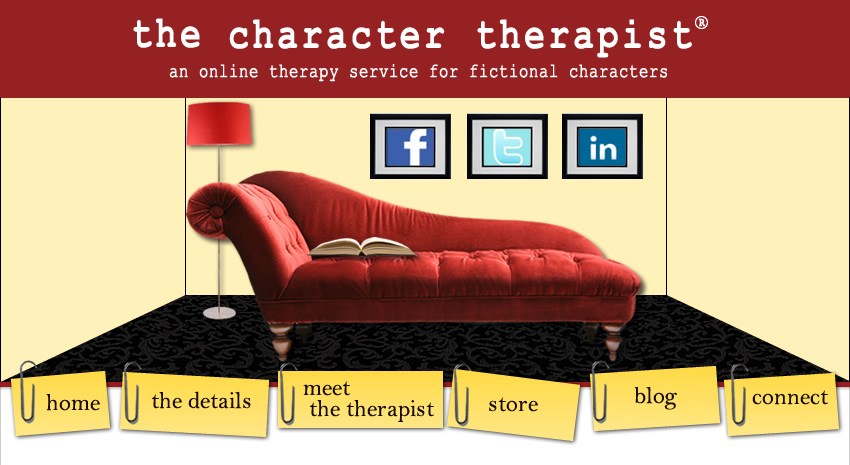The "Good"
The Innocent's greatest strength comes in their trust and eternal optimism. They are pure, wholesome, full of virtue. They are endearing to others with their enthusiastic sense of wonder and positive energy. They encourage others with simple solutions and inner calm. They are open and honest in all relationships.They are genuinely concerned with others' well-being, and this translates into helping profession careers like therapists, coaches, guides, and social workers. Their ability to be accepting, gentle, and idealistic lends them to compassionate hobbies, as well. They are excited when able to put feet to their personal values and beliefs, which include love, hope, and perseverance in the face of obstacles. Innocents inspire people around them, keep the faith and loyally stay the course.
Jung first gave name to the Child archetype, and later, Caroline Myss said that everyone has part of the Child/Innocent in them, as part of the four "survival archetypes." I agree with this assessment, because people all have times when they want to be light-hearted and playful. We can still maintain the priorities of adult life while tapping into our inner youthfulness.
The "Bad"
Known as the "Shadow" in archetype-land, there are less than savory aspects to all archetypes. The Innocent is no exception, despite the warm and fuzzy name. Innocents risk being too dependent on others. They may deny their own weaknesses or simply be blind to them, as well as deny real problems that might not be solved by their simplistic outlook on life.In their youthful exuberance, they may be too spontaneous or fanciful, and expose themselves to the harsh realities of the world. They are incredibly naive, willing to believe the best about others. They may cling to remaining loyal when loyalty is not deserved. They may also be obedient to the point of conformity.
And let's face it...Innocents can just be childish. They might blame others, take risks, become addicted to wanting more (a syndrome with which parents the world over are familiar). They might not deal well with transitions or change. Their optimism might sometimes border along the lines of irrationality.
Likely Goals
To be happyTo be free
To be unconditionally loved and accepted
To be protected and safe
Likely Fears
To be captive (physically, emotionally, etc.)To be punished for doing something wrong
To be rejected or abandoned
To be in danger
Examples in the Media
- Dorothy in The Wizard of Oz is perhaps a prime example of an Innocent. Her song, "Somewhere Over the Rainbow" could be the theme song for Innocents everywhere.
- Cinderella, always keeping the faith and remaining pure and sweet. Many Disney princesses fit this archetype.
- Forrest in Forrest Gump.
- Mary Poppins.
- Maria in The Sound of Music.









